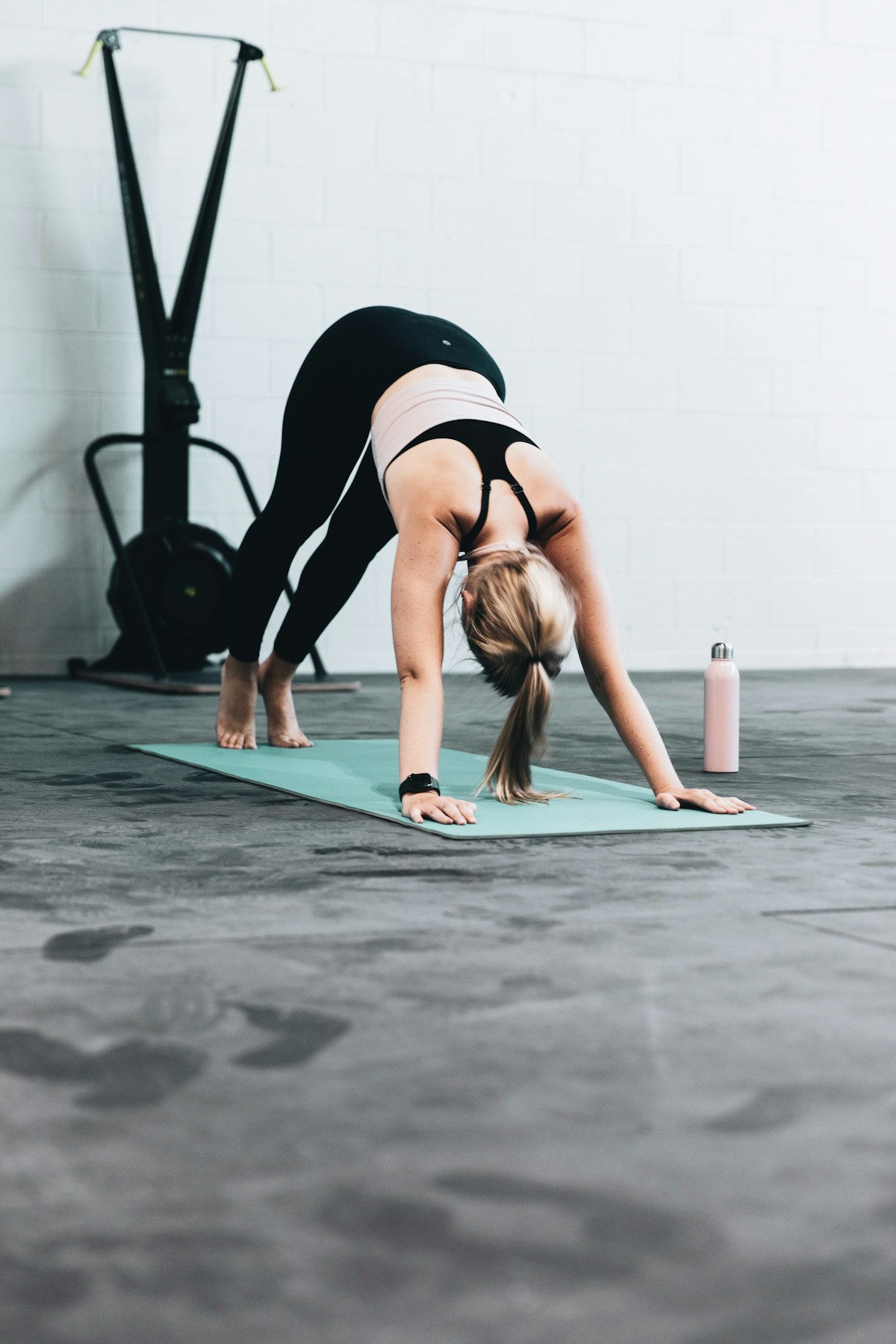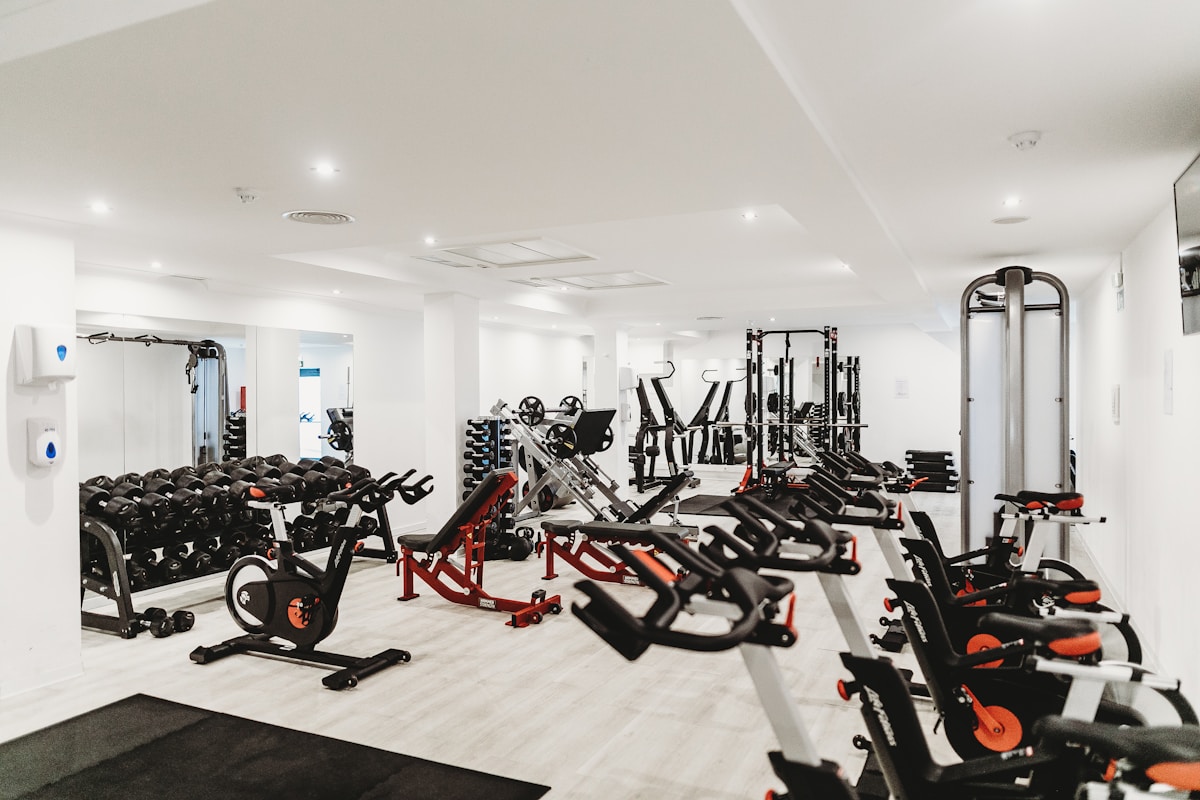How Cold Should a Cold Plunge Be?
Cold plunge therapy can be a powerful tool for enhancing physical and mental well-being when done correctly.
Cold plunge therapy can be a powerful tool for enhancing physical and mental well-being when done correctly.

Cold water immersion has evolved from an ancient practice to a cornerstone of modern recovery protocols used by elite athletes, Navy SEALs, and biohackers worldwide.
But one question consistently surfaces among those looking to harness its benefits: how cold should a cold plunge be?
The answer isn't one-size-fits-all.
Temperature affects everything from the intensity of the hormetic stress response to safety considerations and the specific benefits you'll experience.
Get it wrong, and you risk either minimal benefits (too warm) or dangerous hypothermia (too cold, too long).
This guide breaks down the science of cold plunge temperatures, providing evidence-based recommendations whether you're a complete beginner or an experienced cold exposure practitioner looking to optimize your protocol.
The mental resilience you'll develop through deliberate cold exposure directly supports the callused mind mentality that separates high performers from the rest.

Before diving into specific temperatures, understanding what happens physiologically when you enter cold water helps explain why temperature matters so much.
When your body contacts cold water, it triggers an immediate cascade of physiological responses.
Within the first 30 seconds, peripheral blood vessels constrict (vasoconstriction), redirecting blood from your extremities to protect your vital organs. Your heart rate spikes, breathing becomes rapid, and stress hormones flood your system.
This cold shock response is most intense in the first 1-3 minutes. It's also the period of greatest risk—the involuntary gasp reflex can be dangerous if your head is underwater.
This is why gradual entry and controlled breathing are critical, regardless of the temperature you choose.
Cold exposure works through hormesis—a biological phenomenon where moderate stress triggers adaptive responses that make you stronger.
The key word is "moderate." Too little stress (water too warm) produces no adaptation. Too much stress (water too cold, duration too long) overwhelms your system and becomes harmful.
Research from Dr. Susanna Søberg and colleagues demonstrates that the ideal cold exposure creates enough stress to trigger significant increases in dopamine (up to 250-530% above baseline) and norepinephrine, improving mood, focus, and energy.
These neurochemical benefits are one reason cold exposure has been linked to supporting the anterior midcingulate cortex—the brain region associated with willpower and persistence.
Important: These ranges are guidelines based on research and practitioner experience. Individual tolerance varies significantly based on body composition, cold adaptation history, and health status. Always listen to your body and prioritize safety over hitting specific numbers.

The 50-59°F (10-15°C) range consistently emerges as the sweet spot in cold exposure research for several reasons:
At these temperatures, water conducts heat away from your body approximately 25 times faster than air at the same temperature.
This creates sufficient thermal stress to trigger the desired physiological responses: vasoconstriction followed by vasodilation, catecholamine release (dopamine, norepinephrine, epinephrine), and activation of brown adipose tissue.
Research published in the European Journal of Applied Physiology demonstrates that immersion at 57°F (14°C) significantly increases metabolic rate and activates brown fat thermogenesis—key factors in the metabolic benefits associated with cold exposure.
This temperature range allows most healthy individuals to safely remain immersed for 2-10 minutes without serious hypothermia risk.
The cold shock response, while present, is manageable with proper breathing techniques. This safety margin is crucial for building the consistency needed for adaptation.
Extreme cold (below 45°F) creates such intense discomfort that many practitioners struggle to maintain consistency.
The 50-59°F range is uncomfortable enough to be effective but tolerable enough that you'll actually do it regularly.
Athletes following HYROX training programs often integrate cold exposure at these moderate temperatures to support recovery without compromising training consistency.

Understanding the benefits helps you tailor your cold plunge protocol to your specific goals.
Cold water immersion reduces inflammatory markers and perceived muscle soreness following intense exercise.
The vasoconstriction reduces blood flow to damaged tissues, limiting the inflammatory cascade. A meta-analysis in the British Journal of Sports Medicine found cold water immersion significantly reduced delayed onset muscle soreness (DOMS) compared to passive recovery.
For athletes focused on recovery, combining cold exposure with proper nutrition through a high-protein meal plan maximizes the recovery benefits.
Cold exposure triggers substantial increases in dopamine—the neurotransmitter associated with motivation, focus, and reward.
Studies show dopamine levels can increase 250-530% above baseline and remain elevated for hours after cold exposure.
This explains the characteristic feeling of alertness and elevated mood following a cold plunge.
Norepinephrine, another catecholamine released during cold exposure, enhances attention, focus, and vigilance.
This neurochemical response is one reason practitioners report improved mental clarity and productivity throughout the day.
The mental toughness developed through cold exposure aligns with the discipline philosophy that champions like Mike Tyson embody.
The vasoconstriction-vasodilation cycle triggered by cold exposure effectively "pumps" blood through your circulatory system.
Over time, this may improve vascular function and cardiovascular health.
Research suggests regular cold exposure may reduce blood pressure and improve endothelial function.
Studies on regular cold water swimmers demonstrate increased levels of certain immune cells and antioxidants.
While the research is still evolving, evidence suggests consistent cold exposure may enhance immune surveillance and reduce susceptibility to illness.
Cold exposure activates brown adipose tissue (BAT), metabolically active fat that burns calories to generate heat.
Regular cold exposure can increase brown fat activity and may support metabolic health.
This is particularly relevant for those undertaking challenges like the 75 Hard program where optimizing metabolism supports overall goals.
When timed correctly (earlier in the day, not immediately before bed), cold exposure can improve sleep quality.
The drop in core body temperature following cold exposure helps signal the body for rest, while the daytime dopamine boost reduces evening anxiety.
Understanding core sleep mechanisms helps you time your cold exposure for optimal sleep benefits.
Starting cold exposure safely requires a progressive approach. Here's an evidence-based protocol for your first month:
End each session feeling challenged but not overwhelmed. The goal is building familiarity with the sensation.
Notice how your body adapts. The initial shock response should feel more manageable.
By week 4, you should have a reliable protocol and be experiencing noticeable benefits.

Cold water immersion carries real risks that must be taken seriously. Understanding these dangers helps you practice safely.
The most dangerous period is the first 30-90 seconds of immersion. Cold shock can trigger:
Mitigation: Enter gradually, keep your head above water, focus on slow exhales, and never cold plunge alone as a beginner.
Extended exposure or temperatures below 50°F significantly increase hypothermia risk. Warning signs include:
Mitigation: Set timers, stay within recommended durations, and exit immediately if you experience any warning signs.
Cold immersion significantly stresses the cardiovascular system. Individuals with the following conditions should consult a physician before cold plunging:
Core body temperature can continue dropping for 15-30 minutes after exiting cold water as cold blood from extremities returns to the core. This is why gradual rewarming (not hot showers immediately) is recommended. Let your body rewarm naturally through movement and warm clothing.

Once you've built a solid foundation over 2-3 months of consistent practice, you may consider more advanced protocols.
Professional athletes often use temperatures in this range for rapid recovery. Key considerations:
Morning cold exposure capitalizes on the dopamine and norepinephrine surge to enhance focus, energy, and productivity throughout the day. This aligns with natural cortisol rhythms and can replace or complement caffeine.
Evening cold exposure (ending at least 2-3 hours before bed) may improve sleep by temporarily raising then lowering core body temperature. However, cold plunging too close to bedtime can be overly stimulating for some individuals.
Cold exposure can be strategically combined with other recovery techniques. Some practitioners alternate cold exposure with infrared sauna sessions (contrast therapy). Others integrate cold plunging with BPC-157 protocols or other recovery-focused interventions for enhanced results.
For athletes serious about recovery optimization, combining cold exposure with comprehensive peptide protocols like the Wolverine Complex stack may accelerate healing and adaptation.
The timing of post-workout cold exposure significantly impacts its effects:
Immediately after (0-30 minutes): Maximizes inflammation reduction and soreness relief but may blunt muscle protein synthesis and strength adaptations. Best for competition recovery or when reducing soreness is the priority.
1-2 hours after: Allows initial recovery processes to begin while still providing anti-inflammatory benefits. Often the best balance for regular training. Following up with a proper post-workout meal for muscle gain optimizes the recovery window.
Separate from training (4+ hours or different day): Ideal when prioritizing strength and muscle gains. Cold exposure becomes a standalone practice for its metabolic and mental health benefits without interfering with training adaptations.
For cognitive enhancement and mood benefits, morning cold exposure (within 1-2 hours of waking) maximizes the sustained dopamine elevation throughout the day.
The discipline required to face cold water first thing in the morning also builds mental fortitude that carries into other challenging areas of life.
Those embodying gym discipline principles often find cold exposure reinforces their commitment to hard things.
60°F (15.5°C) is at the upper threshold of effective cold exposure. While complete beginners may experience some benefits at this temperature, most research suggests optimal physiological responses occur below 59°F (15°C).
If 60°F is all you have access to, extend your duration slightly (5-10 minutes) and focus on the mental discipline aspect while working toward colder temperatures.
Duration depends on temperature and experience. At 55-59°F, beginners should start with 1-2 minutes and build to 5 minutes over several weeks. At colder temperatures (45-50°F), keep sessions shorter (2-5 minutes maximum).
Research suggests 11 minutes of total weekly cold exposure, divided across 2-4 sessions, provides optimal benefits.
Generally, avoid cold plunging when actively ill. Cold exposure is a physiological stressor, and adding stress to an already-stressed immune system can prolong illness. Wait until you've fully recovered before resuming cold exposure.
If you have a very mild cold (no fever), some practitioners continue with warmer temperatures (55-59°F) and shorter durations, but erring on the side of rest is typically wiser.
Cold exposure activates brown adipose tissue (BAT) and increases metabolic rate, which may contribute to weight management. However, cold plunging alone is not a weight loss solution.
The metabolic boost is relatively modest compared to dietary interventions and regular exercise. View cold exposure as one tool in a comprehensive approach to health, not a shortcut.
Functionally, yes—both involve cold water immersion. "Ice bath" typically refers to adding ice to achieve cold temperatures, while "cold plunge" often describes dedicated units with chillers that maintain consistent temperatures.
The key factor is the water temperature, not the method of achieving it. Ice baths may fluctuate in temperature as ice melts, while cold plunge units maintain more consistent temperatures.
2-4 sessions per week is optimal for most people, aligning with research suggesting 11 minutes of total weekly cold exposure.
Daily cold exposure is practiced by some but may lead to diminished hormetic response over time. Beginners should start with 2-3 sessions per week to allow adaptation. Listen to your body—if you're dreading sessions or feeling depleted, reduce frequency.
The ideal cold plunge temperature isn't a single number—it's a range that you'll personalize based on your experience level, goals, and individual tolerance.
For most practitioners, starting in the 55-59°F (13-15°C) range and progressively working toward 50-55°F (10-13°C) over several months provides the best balance of benefits, safety, and sustainability.
Remember these core principles:
Cold water immersion is a powerful tool for recovery, mental resilience, and metabolic health.
Whether you're a dedicated gym rat looking to optimize recovery or someone seeking the mental clarity and mood benefits, finding your optimal temperature is the first step toward making cold exposure a sustainable part of your routine.
The discomfort is temporary. The benefits—physical, mental, and psychological—compound over time. Start where you are, progress safely, and embrace the cold.
Explore more science-backed guides for peak performance:
Your cart is currently empty.
Start Shopping